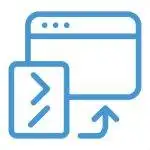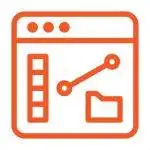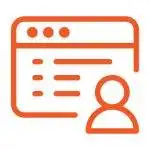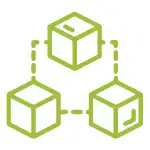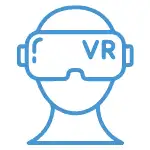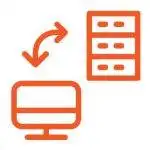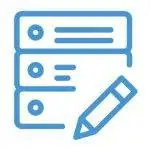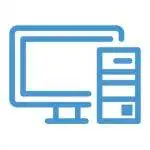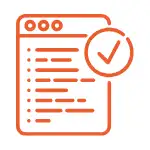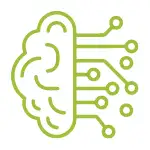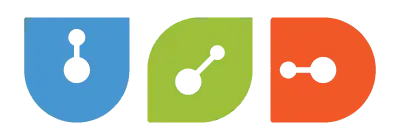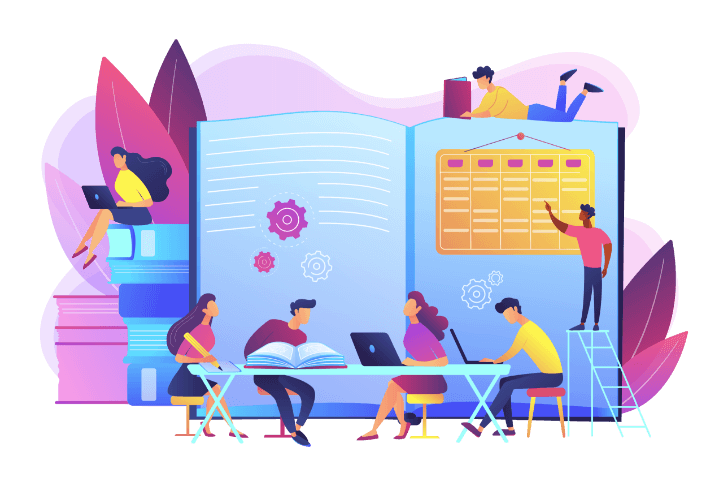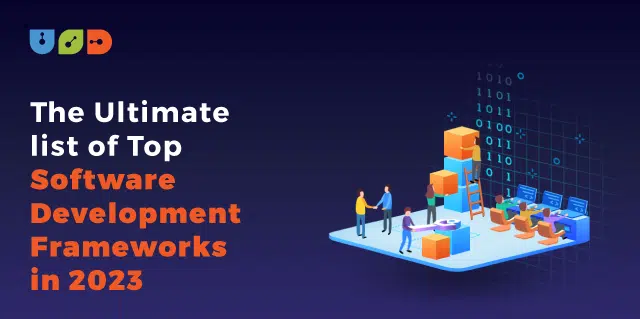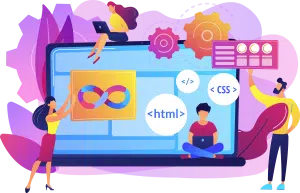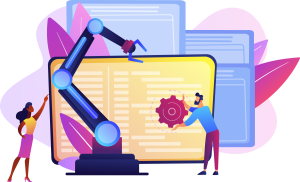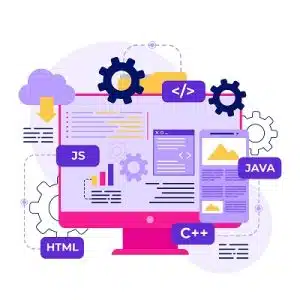Table of Contents
ToggleSoftware development frameworks play a crucial role in the toolkit of software developers, offering a systematic approach to software creation that fosters consistency and organization in code development. In this presentation, we’ll provide you with a concise overview of the 25 most anticipated development frameworks expected to gain popularity in 2023. Initially, we’ll delve into the definition of a development framework, outline its advantages and disadvantages, and provide guidance on selecting the right framework for your specific projects. We trust that this information will prove valuable to you.
What Does the Term “Software Development Framework” Mean?
Essentially, a software development framework is a software, product, or system that furnishes a collection of components suitable for various applications, aiming to streamline the development process, thus minimizing both time and cost. These frameworks often offer shared functionalities such as logging and authentication, which can be utilized across multiple applications. Typically, frameworks are purpose-built to address specific problem domains and facilitate the software development process.
Frameworks find application in the creation of desktop software, mobile applications, and web-based programs, with the specific framework choice often hinging on the programming language you employ. Numerous development frameworks are accessible, tailored to different programming languages. Noteworthy examples encompass Django for Python, Laravel for PHP, and Ruby on Rails for Ruby, each equipped with its distinct suite of tools and comprehensive documentation.
The majority of frameworks offer assistance for coding in a particular programming language and adhere to clearly defined architectural or design patterns, streamlining the process of application development and modifications for developers. Alternatively referred to as a web app development framework, a software development framework equips developers with the necessary resources to construct intricate web applications, including but not limited to social media platforms and e-commerce stores.
Advantages of Using Software Development Frameworks
Software developers can reap a multitude of benefits from the utilization of software development frameworks. These advantages encompass simplified standardization and compatibility, heightened security measures, increased productivity, and facilitated collaboration. By adopting a development framework, developers can elevate the efficiency and effectiveness of their work while reducing the time and effort required. Here are some key advantages:
Streamlined Development and Maintenance
Software development frameworks simplify the creation and upkeep of software applications for developers. This is achieved through the provision of libraries containing reusable code that expedites development, along with a well-defined structural framework for the application.
Standardization and Compatibility
Development frameworks in software development play a crucial role in standardizing the development process across diverse organizations. This ensures that developers can employ a consistent set of tools and methodologies, irrespective of the company or project they are working on, thanks to the frameworks. Furthermore, development frameworks often support multiple programming languages, facilitating seamless transitions between projects for developers.
Enhanced Security
Software development frameworks can bolster the security of software applications by offering a standardized toolkit and established procedures. This simplifies the implementation of access controls, interaction with other systems, and validation of input data. Additionally, they are instrumental in preventing common vulnerabilities such as SQL Injection and Cross-Site Scripting.
Increased Productivity
Software development frameworks contribute to the heightened productivity of developers by furnishing them with a collection of best practices and reusable code. Instead of commencing each project from scratch to construct fundamental functionalities, developers can leverage these frameworks to focus on the specific tasks that require attention. Moreover, development frameworks often enable the generation of code skeletons, further accelerating the development process.
Better Interaction
Software development frameworks streamline developer interaction, ensuring that every member of the development team can make use of the shared toolkit and methodologies provided by these frameworks. Furthermore, many frameworks incorporate version control, allowing developers to effectively monitor alterations and collaborate more efficiently.
Disadvantages of Using Software Development Frameworks
A framework has a few drawbacks that should be taken into account as well.
Growing Complexity
A framework can be harder to understand and apply the more sophisticated it is. Time and frustration may result from this.
Lock-In
While saving time and giving a solid foundation are the main objectives of frameworks, they might also prevent you from following best practices or making any changes to the code. Therefore, picking the incorrect framework for your project may cost you more money than deciding not to use one at all.
Higher Learning Curves
When you utilize a new framework, there is always a learning curve. And if you’re not careful, you can end yourself studying the framework for longer than it would have taken you to write your own code from scratch.
Very Little Flexibility
Because frameworks are frequently less flexible than custom code, it might be challenging to address unusual or edge cases. This can be a big issue if your project doesn’t match the framework’s mould.
Increasing Reliance on External Libraries
Third-party libraries perform the bulk of the labour on behalf of frameworks. Your project could be in trouble if these libraries are unavailable or out of date with the newest features.
How Do I Pick the Right Development Framework?
There are a variety of frameworks to pick from while developing software. This can make deciding which is best for your project difficult. How to pick a good software development framework is as follows?
The language of the framework is one of the first things you should take into account. If you haven’t made a decision yet, you can pick from languages like Java, Python, or Ruby. You should also think about whether the framework is open source or not. If so, there is a chance that more people will use it and update the code more frequently. As a result of patents, an open-source framework could have some of its functionality hidden, which can influence your decision.
You should also think about the framework’s community support. This indicates that there are several tutorials and experts in this field. If it doesn’t, it could be difficult for you to get assistance when you need it throughout the application development process. Additionally, you must take the maturity of the framework and the size of the user base into account. This indicates that it has been around for some time, giving individuals the opportunity to discover how effective it is.
You can look at case studies or sample applications to properly comprehend what kind of application development approach will function best with your selected framework. You’ll get a better concept of what to anticipate and how the framework operates as a result. Check out the framework’s website or a repository that specializes in software development frameworks if you have no idea where to look.
In the end, testing a software development framework out for yourself is the best method to decide if it is the proper framework for your project and to better understand how it operates. If not, you can choose an alternative.
Top 25 Popular Software Development Frameworks
As previously highlighted, the landscape of development frameworks is vast, each carrying its unique strengths and weaknesses. Consequently, selecting the most suitable framework for your projects can be a daunting task. To assist you in this endeavor, we present a compilation of 25 prominent frameworks that warrant consideration for implementation in 2023:
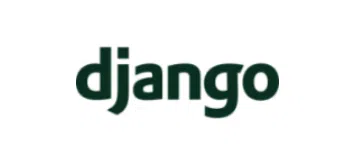
1. Django (Python)
Python stands out not only as a potent and user-friendly programming language but also due to its extensive assortment of web frameworks, which simplify the website development process significantly. Among these, Django stands as a prominent example, highly favored by developers for its expansive library of extensions and its automated administration panel, which expedites the creation and deployment of error-free websites. Furthermore, Django seamlessly integrates with Google App Engine, facilitating the straightforward deployment of applications to the cloud.
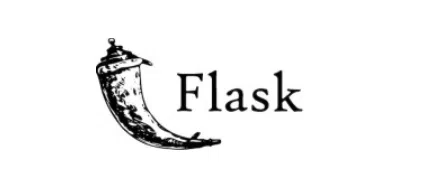
2. Flask (Python)
Flask, a Python microframework, offers a straightforward way to build web applications. It relies on the Werkzeug and Jinja2 libraries and offers a user-friendly API for tasks like routing, templating, and data storage. Flask excels in smaller-scale projects and prototypes and boasts a vibrant developer community always eager to provide assistance.
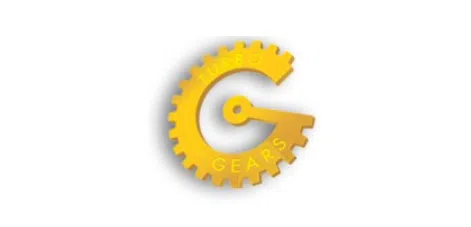
3. TurboGears (Python)
TurboGears is a Python-based open-source web framework designed for rapid development. It merges the capabilities of the Pylons/Pyramid framework with a Bootstrap-based design, crafting a robust platform for your upcoming innovative projects.
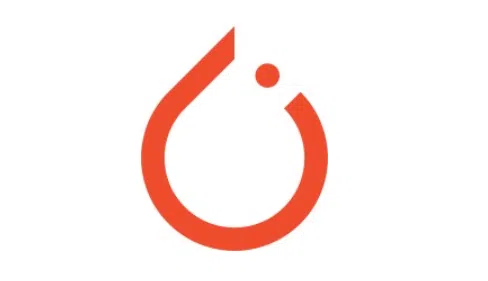
4. PyTorch (Python)
PyTorch, a Python library, offers two primary functionalities at a high level: efficient tensor computation with potent GPU acceleration and the creation of deep neural networks using a tape-based autodiff mechanism. Notably, major enterprises like Facebook, Twitter, Salesforce, Nvidia, Intel, Qualcomm Inc., Uber Technologies Inc., Nordstrom Inc., and Dropbox Inc. have leveraged PyTorch for their respective applications.
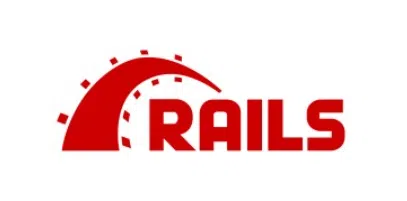
5. Ruby on Rails (Ruby)
If Python isn’t your preferred programming language, you might want to explore Ruby on Rails, which, although sharing many similarities, carries a slightly different underlying philosophy in its design. A compelling rationale for opting for Ruby on Rails is its widespread acclaim, having been employed in constructing some of the planet’s most extensive websites, such as Twitter, GitHub, and Hulu. Additionally, Ruby on Rails boasts a thriving community of developers ever ready to provide assistance.
6. Garden (Ruby)
Garden is an open-source Ruby web framework with the objective of addressing the multitude of issues found in Ruby’s current array of web frameworks. Garden distinguishes itself by adopting a unique approach compared to existing frameworks. Rather than focusing on a single framework, Garden encompasses multiple different frameworks and offers a unified set of APIs for them to utilize collectively. This approach grants you the flexibility to select the most suitable tool for your specific task, rather than being constrained to a particular framework.
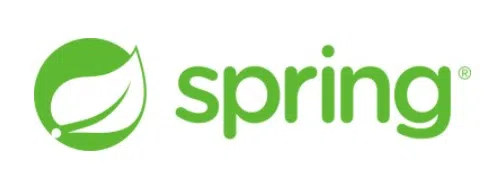
7. Spring (Java)
Being the most widely adopted programming language globally, it’s unsurprising that Java boasts one of the most sophisticated and extensively developed frameworks, namely, Spring. This framework enjoys adoption by major multinational corporations like Amazon, Walmart, and eBay. Spring is an ideal choice for constructing a broad spectrum of applications, ranging from web applications to large-scale enterprise systems.
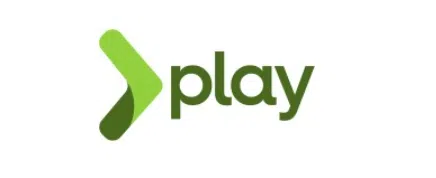
8. Play (Java)
Play, a Java web framework, is crafted to reduce the need for repetitive and boilerplate code. It equips you with efficient tools to swiftly develop applications utilizing HTTP and HTML as the interface, while utilizing JSON to represent the program’s state. Upon initiating a project with Play, you have the capability to seamlessly integrate support for various technologies like databases or JavaScript frameworks, accelerating the overall product development process.
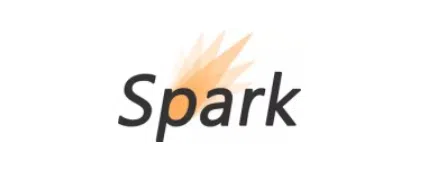
9. Spark (Java)
Spark is a Java-based open-source web platform. It has been used in various products (including suite CRM and Jelastic PaaS) and strives to be simple to use and understand for both seasoned and beginner Java developers.
10. Wicket (Java)
The Java programming language has an open-source web application framework called Wicket. It is relatively simple to use and adheres to the MVC (Model View Controller) architecture paradigm. Wicket is appropriate for both modest and substantial web applications.
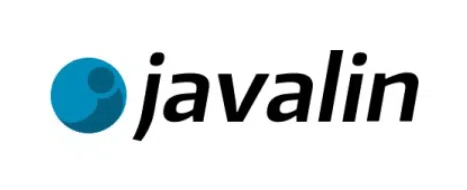
11. Javalin (Java)
A new, lightweight Java web framework called Javalin provides a quick and easy approach to create web apps. It adheres to the principle that code should be simple to develop and read and is based on the Model-View-Controller (MVC) design. Javalin may be used to create both simple and complex web apps.
12. Netty (Java)
An open-source framework called Netty is made to make network programming, including the creation of server and client applications, simpler. It has a broad user base that includes organisations like IBM, Red Hat, Twitter, Netflix, Hortonworks, Oracle/Sun/Oracle America Inc., AT&T Interactive ComScore, and many others. It also offers great performance and the ability to separate protocol infrastructure from application logic.
13. Reactor (Java)
The Reactor is a high-performance Java application framework that makes it easier to create scalable and quick server applications by utilizing non-blocking I/O. Several significant businesses, including LinkedIn, PayPal, Yahoo!, eBay Inc., Walmart Inc., and Netflix, use it.
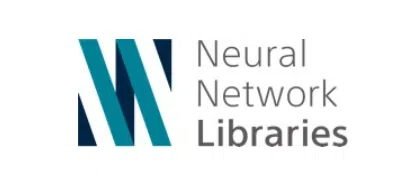
14. Neural Network Libraries (Java)
An open-source framework called Neural Network Libraries (NNL) enables you to create distributed deep learning applications easily. It has CUDA support, has a large user base in both academia and industry, and offers neural network implementations such feedforward, convolutional, recurrent, and recursive neural networks.
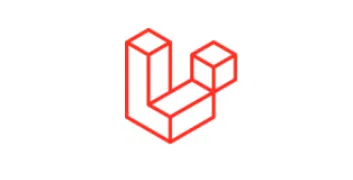
15. Laravel (PHP)
Although PHP is not the most well-known language in the world, it does have a sizable and vibrant developer community as well as a number of top-notch frameworks. Laravel is among the most well-liked and is renowned for its expressive syntax and attractive code. Additionally, it’s ideal for creating RESTful APIs and online applications.
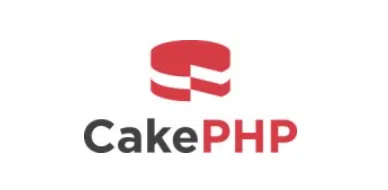
16. CakePHP (PHP)
A web application framework called CakePHP enables you to create applications more quickly and with less code. It offers a foundation on which you may construct reliable web applications using Active Record, Association Data Mapping, Front Controller, and MVC, among other well-known architectural patterns.
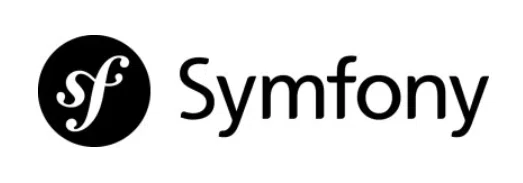
17. Symfony (PHP)
Model-view-controller (MVC) architecture is used in this PHP web application framework, which contains a significant number of reusable parts. Building intricate websites and applications, as well as making your own PHP libraries and reusable code, is made simple with Symfony.

18. Phalcon (PHP)
One of the web development frameworks is Phalcon. It is incredibly quick because it is designed as a PHP extension and coded in C. It’s influenced by other well-known frameworks like Ruby on Rails and Spring and simplifies common chores like dependency injection and cache validation.
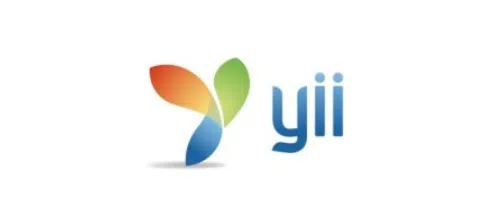
19. Yii (PHP)
Yii is a powerful PHP framework that offers a wide range of capabilities for developing online applications. Regardless of the fantastic community, it provides features like an Active Record implementation, support for unit testing, and code profiling to help you get started quickly and easily.
20. Zikula (PHP)
This is a PHP application development framework and content management system (CMS) for building and managing your own web apps. To make getting started quick and simple, it has features including an article management system, a wiki system, a blog system, and a forum system.
21. Lumen (PHP)
Taylor Otwell, the man behind Laravel, built the PHP micro-framework called Lumen. It is a more compact, quick, and lightweight replacement for the Laravel framework. Lumen is ideal for creating straightforward, quick, and attractive online apps without the frills that larger frameworks offer.

22. CodeIgniter (PHP)
A lightweight PHP framework called CodeIgniter offers a straightforward and stylish approach to create dynamic web apps. It works nicely with other well-known PHP modules and frameworks and is appropriate for smaller projects. In addition to having a vibrant user base, CodeIgniter is a fantastic choice for any PHP developer.
23. ReactJS (JavaScript)
The best JavaScript library for creating user interfaces is ReactJS. As a result of the capability to produce effective, reusable components, it is swiftly gaining appeal. Because of this, it is ideal for building intricate and large-scale online applications as well as reusable front-end components that can be applied to different projects.
24. AngularJS (JavaScript)
Another JavaScript library, AngularJS, is used to create dynamic web applications. Some of the most well-known web applications in the world, including Google Inbox, YouTube, and UpWork, were built using it because it is ideal for building single-page applications.
25. KnockoutJS (JavaScript)
A JavaScript package called KnockoutJS is used to build reusable user interface elements. Due to its direct data binding to HTML templates, it is ideal for creating data-driven applications. when a result, updating your code when your data changes is simple. Additionally, it has a Templating engine that generates DOM elements without you having to write any JavaScript.
To Sum Up
Apps and other types of software are made using software development frameworks. The 25 development frameworks that may be widely used by 2023 are vital to take into account because the number of individuals who use them will inevitably alter in the future. We hope this list has assisted in assisting your decision-making process if your business has to upgrade an old framework or implement a new one.

